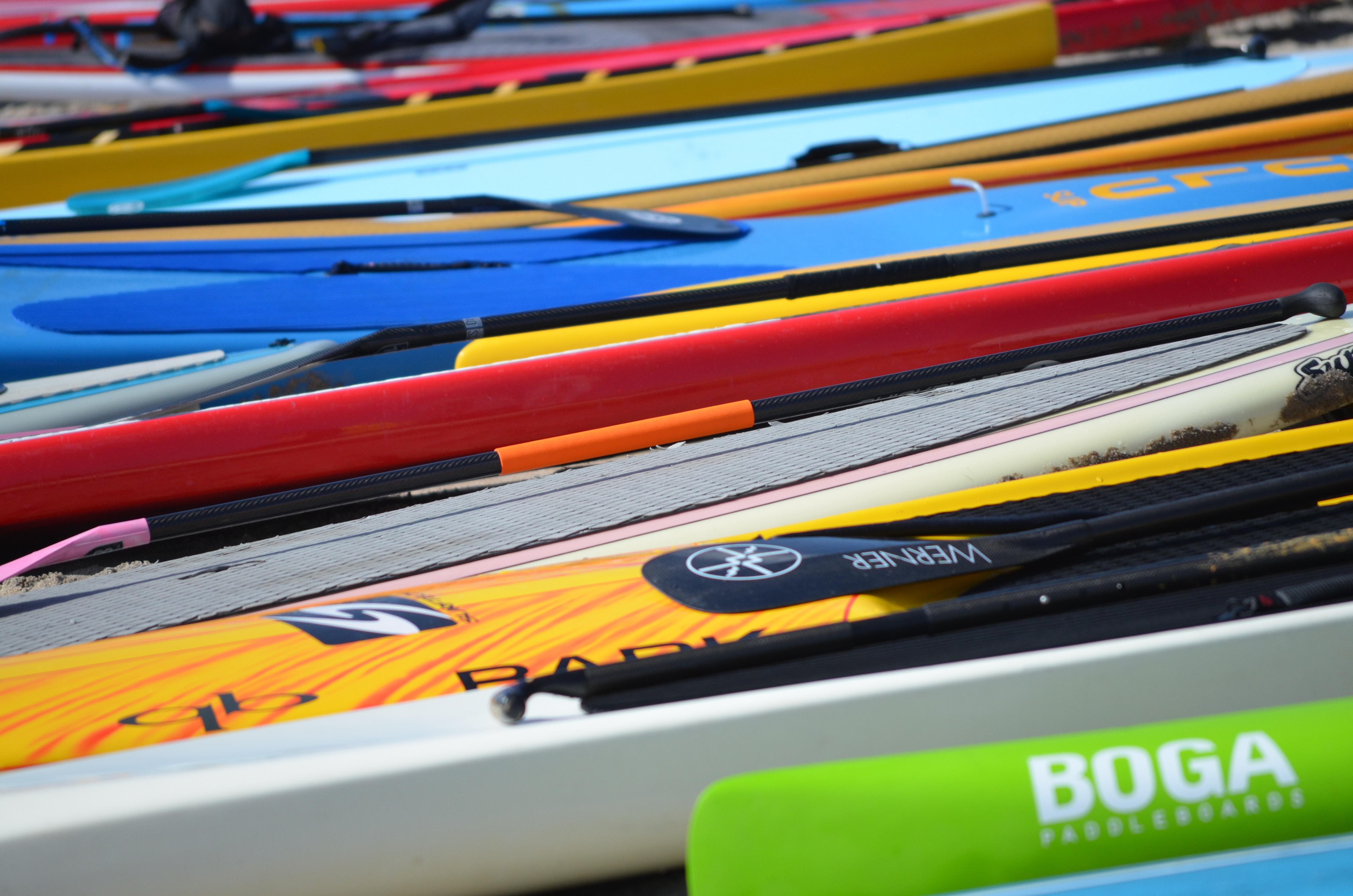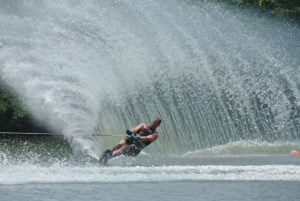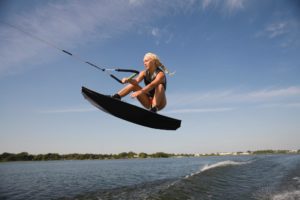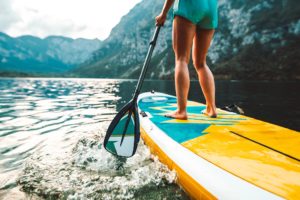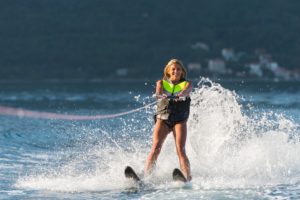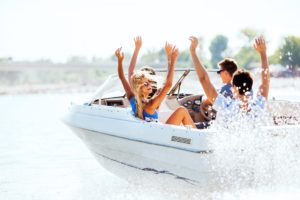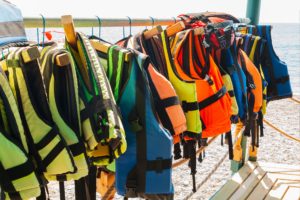Not all stand-up paddleboards are created equal. After a while of owning your first SUP, you might start to wonder what other options are available and what you might be missing out on with your current board. Because paddleboarding is so versatile, it’s no surprise that there are specific boards that are made for different types of waters and activities. Many boards can be multifunctional, but if you’re a serious paddler looking to expand your collection, it’s good to own a variety of boards so that you can make the most out of this sport.
For those looking to build a well-rounded SUP quiver, here are some categories to consider when looking to purchase your next board.
Beginner Boards
All Around
This is likely the first kind of board you will purchase. Great for novices, these paddleboards are designed for casual paddling outings. They typically have a rounded nose which is ideal for a variety of water conditions and are wide for extra stability. These are the perfect choice for families wanting something that everyone can try or pet owners who want enough space for their furry friend to join them on a paddle. One great SUP for all around paddling is this Surftech Horizon AST board.
Waves/Rougher Water Boards
Surf
These types of stand-up paddleboards double as surf boards. They are perfect for surfing or paddle surfing in the ocean. Inflatable boards can be used for this purpose, but if you’re really looking to get the best performance out of your board while riding the waves, you will want to invest in a hard board.
Whitewater
Unlike surf SUP, boards designed for the rapids are usually inflatable or sometimes constructed of plastic to make them lighter, more durable and able to withstand the rough elements that come your way during a whitewater excursion. These boards will sometimes tend to be shorter and wider so they are easier to maneuver and balance on while you’re paddling downstream. This versatile Bic Cross Air/Fit Inflatable board is an example of one that could work well for whitewater paddling.
Faster Boards
Touring
These boards glide easily and are great for paddling when you want to go farther and get a workout in. They usually have a pointed nose so that they move easily without too much effort. Some say that touring boards are better for more experienced paddlers, but some are still wide enough that beginners will be able to balance on them easily.
Racing
These boards are easy to spot. They have a pointed nose and are thinner than standard paddleboards, meaning that picking up speed is a breeze. They also work great for touring because of their easy maneuverability. Since they’re not as wide, they are less stable and not great for beginners or yoga sessions–unless you’re ready to risk falling in. Check out this JP Australia Cruiser board.
Boards for other hobbies
Windsurf
Some stand-up paddleboards have windsurf compatibility, meaning that you can attach a sail to them when you’re tired of paddling. They are usually all around-style boards that work well for flat water as well as choppier waters on windier days for sailing. This Imagine Crossover GC board is great for both stand-up paddling and windsurfing.
Fishing
Why not catch some trout from your paddleboard? Some boards are designed specifically for this purpose and include attachment points for your gear as well as pole mounts for easy access to your fishing rod. Combine two of your favorite past times with a board that gives you the option to easily do both, find them [HERE].
Yoga
These boards are essentially made to stay as still as possible while you work on your strength and balance. Some yoga paddleboards, then, have a flat tail and nose, making them less ideal for gliding fast and more suited to staying in place. They are wider which provides stability and more room for trying a variety of poses. These boards also have a soft surface so that your hands and feet can stay comfortable during your yoga session.
Just like any other sport, the more serious you get about stand-up paddleboarding, the more boards you will want to invest in for specific waters and activities. There are other reasons for having multiple boards, too, such as wanting the option to paddle with friends or having a backup on hand in case one gets damaged. Whichever the next board is that you add to your quiver, make sure it is one that works with the type of water you want you to explore and will be something you can use for years to come.
